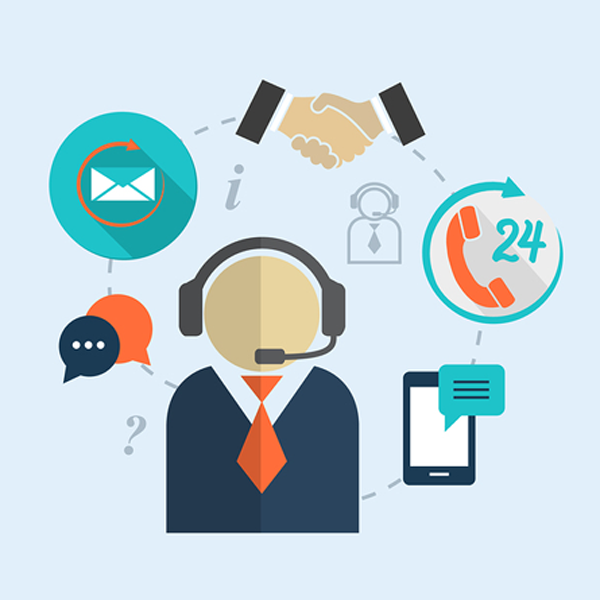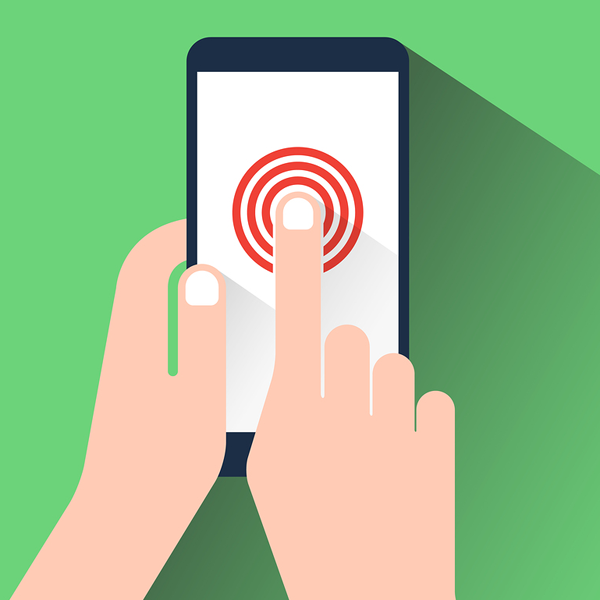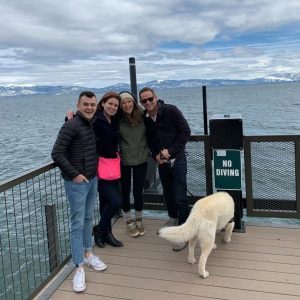All advertising executives want to see when their efforts are getting through to consumers, and the online world is certainly making it easier to do so. Think of all the things we can do now in the 21st century which they can’t do in the time of Mad Men: create highly targeting online advertising campaigns; track impressions and clicks in real time; and be constantly optimizing ads and landing pages based on very accurate conversion rate data.
However because of the clear benefits of online advertising it’s easy for marketers to get swept along, trapped in a frame of mind which says that customer interactions only happen online. The US may spend $ 240 billion online per year, but it’s false to assume all online purchases are made direct from a landing page or website.
A recent study from ResponseTap, which polled 4,000 consumers in the UK and US, discovered 70% (UK) and 74% (US) of consumers like to speak to a contact center before making a purchase, because it gave them confidence that they are getting exactly what they want. Their research has also showed that 64% of people get frustrated when they can only interact with a company online.

Although the internet may be perfect for creating a strong brand identity and for understanding your customer base, it is not always the best platform for converting leads into revenue.
Online vs offline engagement
Online dominates the thinking and strategy with most retailers, and whilst of course it’s true that fostering engagement on social channels is important for raising brand awareness and generating leads, this is only half the effort: if you want to improve CTR and sales then you need to provide the human touch.
65% of businesses still consider the phone their strongest lead source, so how can marketers track when their online efforts are generating phone calls and ensure that the brand promise doesn’t collapse when a customer moves offline?
Omnichannel distribution
Omnichannel distribution is an evolution of multi-channel, i.e. it is no longer about offering different routes to purchase for your customers, but about connecting these channels together to give your customers a seamless journey, from click, to call, to purchase.
In order to provide this seamless journey online retailers need to think more about the experience they are providing, which means thinking in a customer-centric way (i.e. ‘How does the customer want to interact with me?’) rather than projecting our own marketing objectives (i.e. ‘How do I want you to interact with me?’).
The seamless brand experience
The key to omnichannel marketing is providing a seamless brand experience for the customer, and one approach to improving the brand experience is to leverage the online customer journey. In this always-on, connected world, we as consumers do most of the leg work when it comes to researching a product or service. Then the first time we physically interact with a brand is either on the phone or in a store:
Omnichannel marketing means integrating the online and offline customer journey to ensure you are delivering a consistent brand experience. For example, use the online insights gained in real time to drive the phone call from the customer to the right person at the right time.
Click-to-call tracking is the most efficient way for marketers to better understand their customers; to streamline their experience with the contact center; and to ultimately improve ROI.
Click-to-call tracking

It is essential to have a phone number or click-to-call button across mobile and desktop sites. Not only does a click-to-call button allow you to identify and measure calls to your business after an ad click through occurs, it also reassures your customers and gives them confidence to go through with the purchase.
Integrating click-to-call tracking is the best way to connect online and offline marketing and improve conversion rates. It helps your call center staff better understand the needs of the customer by feeding them data about their previous search queries and pages visits, therefore increasing the call agent’s chances of making a sale.
This is how it works:
- a snippet of code is placed on your company’s landing page, website or mobile site;
- this code generates a unique number for each click;
- when a customer calls from their unique number you can link it back to a specific page on your website, as well as publisher sites within the display network, to see the types of calls that are being generated;
- With the help of Google Universal Analytics it becomes possible to track the keywords the customer used before clicking on your webpage. Your call center staff are therefore aware of the specific needs of the customer before they’ve even picked up the phone.
Understanding the call
The main benefit of call tracking is that it means you can begin routing calls to the right call center agent, based on a user’s previous search history.

Web analytics programs like Google Analytics make it possible to see which keywords drove a user to your site and triggered them to call; the publisher which drove the visitor to your website; and also the webpages they looked at before, during and after each call.
Here are a few pieces of software that can further help your call center staff build a profile, and understanding the intent, of each individual caller:
- IP and ISP (subscriber Trunk Dialling) tracking software pinpoints the exact geographical location of a customer, giving you information about language preference, local needs, and perhaps even a demographic profile;
- Call screening tracks the campaign which motivated the customer to call, meaning you have information about the needs of the customer and can also optimize the most effective campaigns;
- Dynamic call routing means companies can find out how a visitor found their website (whether through a search engine, email, social media, or other) and direct that caller to the agent best suited to answering their questions;
- SIP (Session Initiation Protocol) is a signalling protocol which makes it possible to implement services like Instant Messaging, web page click-to-dial and voice-enriched e-commerce, depending on how the customer prefers to communicate.
Implementing offline data
If you combine click-to-call with call tracking analytics it becomes possible to see exactly where your best leads are coming from, meaning advertisers can focus their efforts on these areas. It also means they can update things like site links and landing pages based on in-person feedback.
If you also integrate click-to-call tracking with your bid management software you can see which keywords lead to the most offline telephone conversions, giving you more data to adjust PPC and SEO campaigns and improve CTR on your landing pages.
Companies who understand the needs of their customers and know how to target them are likely to significantly reduce their cost per lead.
Digital & Social Articles on Business 2 Community
(465)








